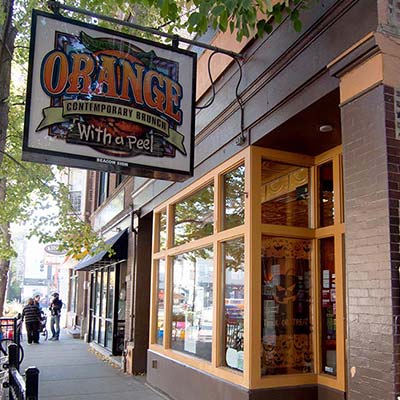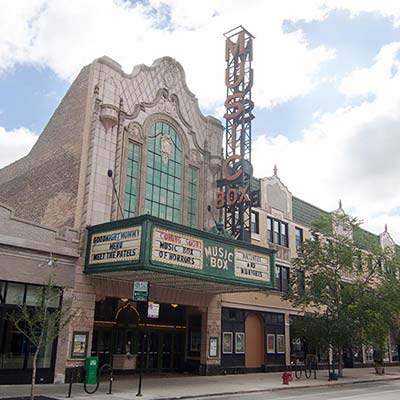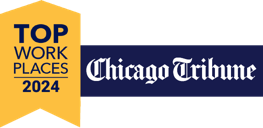Welcome to Wrigleyville
Named for the baseball stadium that occupies a city block, Wrigleyville is one of the smallest and one of the most colorful and culturally vibrant neighborhoods in the city of Chicago. It boasts rich history and remains a well-known hotspot for entertainment, dining and nightlife, and of course, America's favorite pastime. Home to the Chicago Cubs, Wrigleyville is an exciting place to live during the summer when the Major League season is in full swing. Games days are like a street festival as throngs of fans mob Wrigley Field decked in their favorite Cubbies cap and T-shirt. The spillover of Cubs supporters who aren't able to watch the action from inside the park take a seat at the local Wrigleyville bars that, needless to say, showing the game on TV.
Wrigleyville is a part of Lakeview.-
Looking to Buy? Search Wrigleyville listings
-
Interested in Selling? Request a Listing Presentation
-
Want More Information? Sign up for our Trends Report
For Sale in Wrigleyville
-

1140 W Cornelia Avenue D
$800,000
- 2 beds
- 2.1 baths
- Wrigleyville
- Attached Single
-

3746 N Fremont Street 1
$549,900
- 2 beds
- 2 baths
- Wrigleyville
- Attached Single
-

921 W Addison Street 3B
$550,000
- 2 beds
- 2 baths
- Wrigleyville
- Attached Single
-

1169 W EDDY Street 101
$999,000
- 4 beds
- 2.1 baths
- Wrigleyville
- Attached Single
-

1123 W Addison Street
$1,299,500
- 6 beds
- 5 baths
- Wrigleyville
- Detached Single

Want more detailed information on Wrigleyville?
Get a Trends Report delivered to your inbox monthly
Send Me Wrigleyville Trends










